The art of making brioche dough lies in mastering the delicate balance between flour, eggs, and an unusually high proportion of butter. Unlike most bread doughs, brioche is enriched with butter to the point where it becomes a defining characteristic of its texture—tender, flaky, and almost cake-like. However, this very richness presents a unique challenge: the risk of the dough breaking or becoming greasy if the butter isn’t incorporated properly. The key to success lies in the gradual addition of butter and a carefully controlled mixing rhythm that prevents the dreaded separation of water and fat.
When butter is added too quickly or in large chunks, the dough struggles to emulsify the fat. Butter is essentially water suspended in fat, and when it meets the hydrated gluten network of the dough, the two can rebel against each other. The gluten strands, which should stretch and trap the butter, instead repel it, leading to a greasy, uneven mess. This is why professional bakers emphasize the importance of adding butter in stages, allowing each addition to fully integrate before introducing more. The process demands patience, as rushing it can undo hours of careful mixing.
The ideal mixing rhythm begins with developing the gluten structure before any butter is introduced. The flour, eggs, and a small amount of liquid (often milk or water) are mixed until a smooth, elastic dough forms. This initial stage ensures that the gluten is strong enough to withstand the fat that will later be incorporated. Once the base dough is stable, softened (but not melted) butter is added in small increments. Each addition should be fully absorbed before the next, a process that can take several minutes per portion. The dough will initially resist, appearing slick and slippery, but as the mixer continues its work, the butter will disappear into the gluten matrix, leaving the dough glossy and cohesive.
Temperature plays a critical role in this process. If the butter is too cold, it won’t incorporate smoothly, leaving hard flecks in the dough. If it’s too warm, it will liquefy and seep out rather than blending in. The ideal butter texture is pliable but still cool—a fingertip pressed into it should leave an indentation without sinking through. Similarly, the dough itself should remain cool; overheating from overmixing can cause the butter to melt prematurely. Some bakers even chill the mixing bowl or pause mixing intermittently to prevent friction from warming the dough excessively.
The final test of a well-emulsified brioche dough is its ability to stretch without tearing. When pulled gently, it should form a thin, translucent membrane—a sign that the gluten is well-developed and the butter is evenly distributed. If the dough breaks easily or feels greasy, it may need further mixing or, in some cases, a brief rest in the refrigerator to stabilize. Mastering this technique ensures a brioche that bakes up light, layered, and irresistibly rich—proof that patience and precision in the mixing process yield extraordinary results.
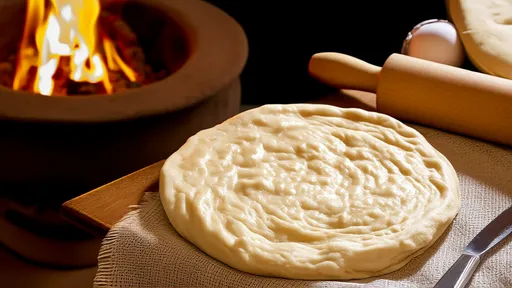
By /Jun 18, 2025
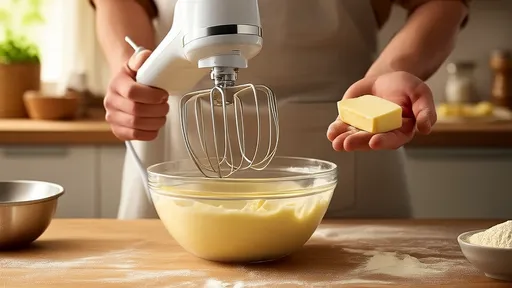
By /Jun 18, 2025

By /Jun 18, 2025
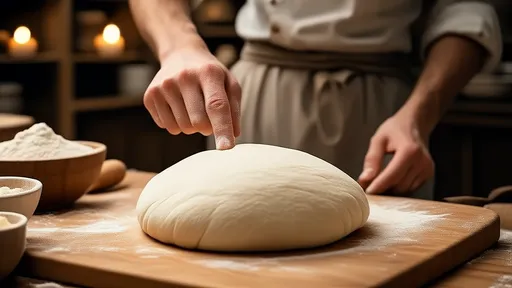
By /Jun 18, 2025
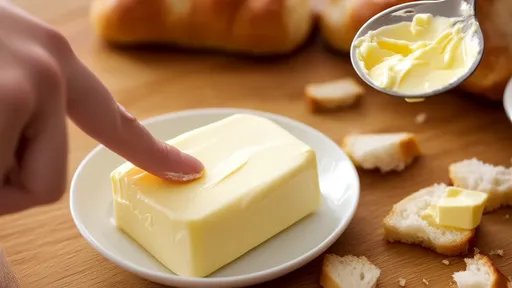
By /Jun 18, 2025

By /Jun 18, 2025

By /Jun 18, 2025
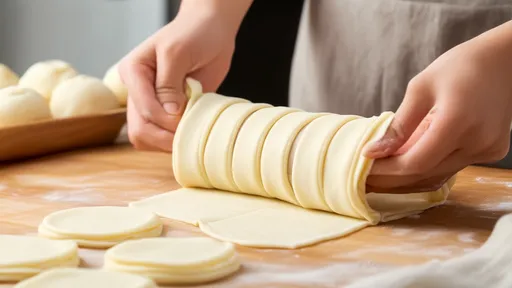
By /Jun 18, 2025

By /Jun 18, 2025
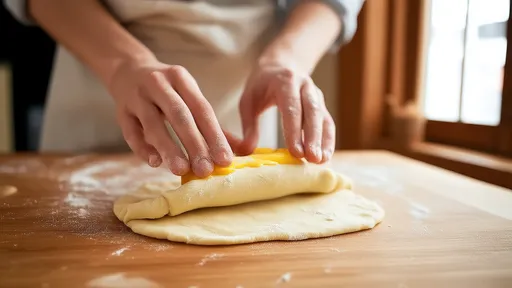
By /Jun 18, 2025

By /Jun 18, 2025

By /Jun 18, 2025
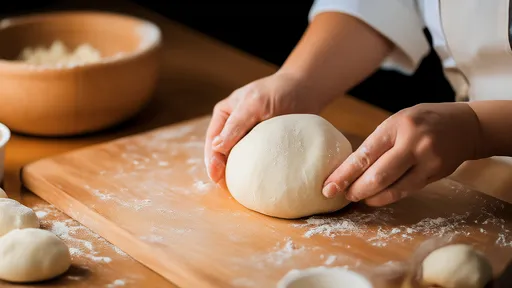
By /Jun 18, 2025
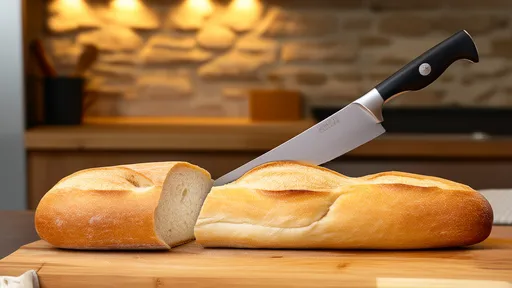
By /Jun 18, 2025
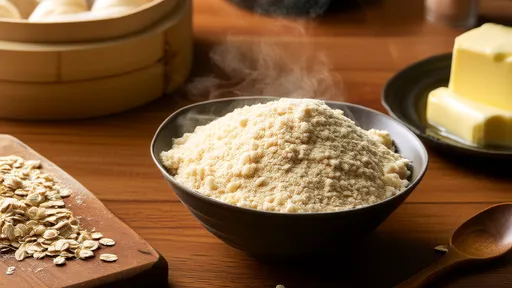
By /Jun 18, 2025

By /Jun 18, 2025
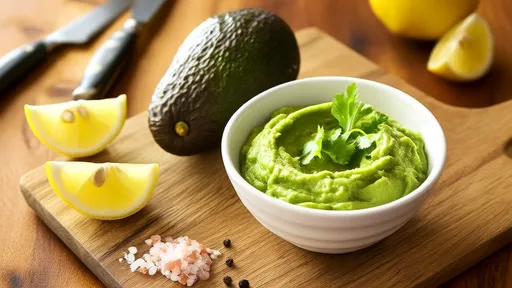
By /Jun 18, 2025